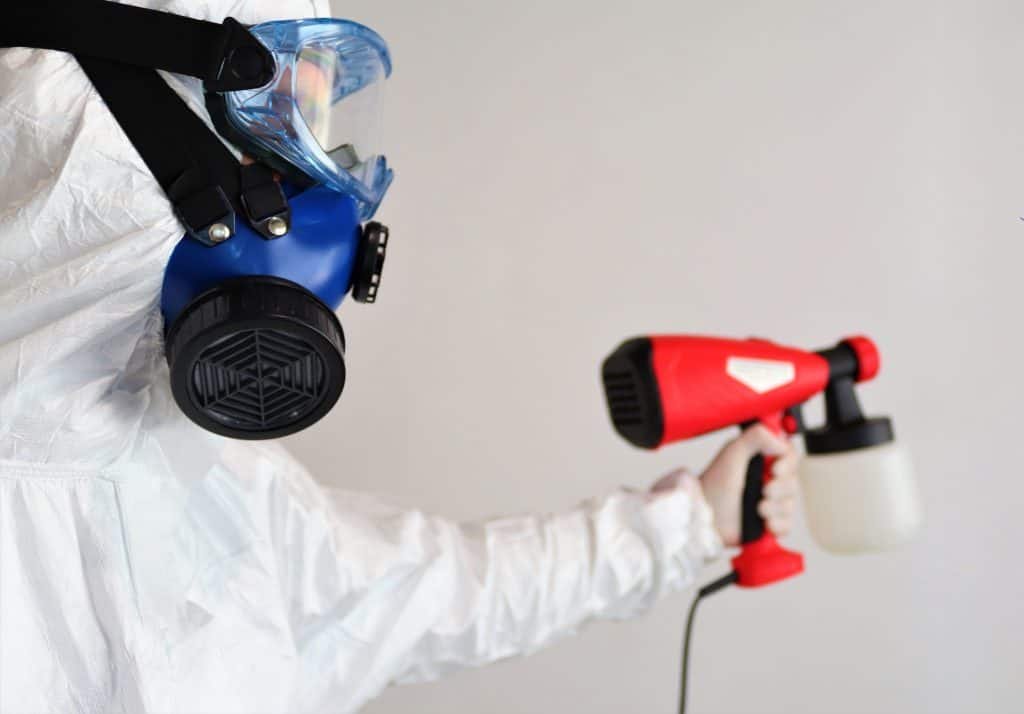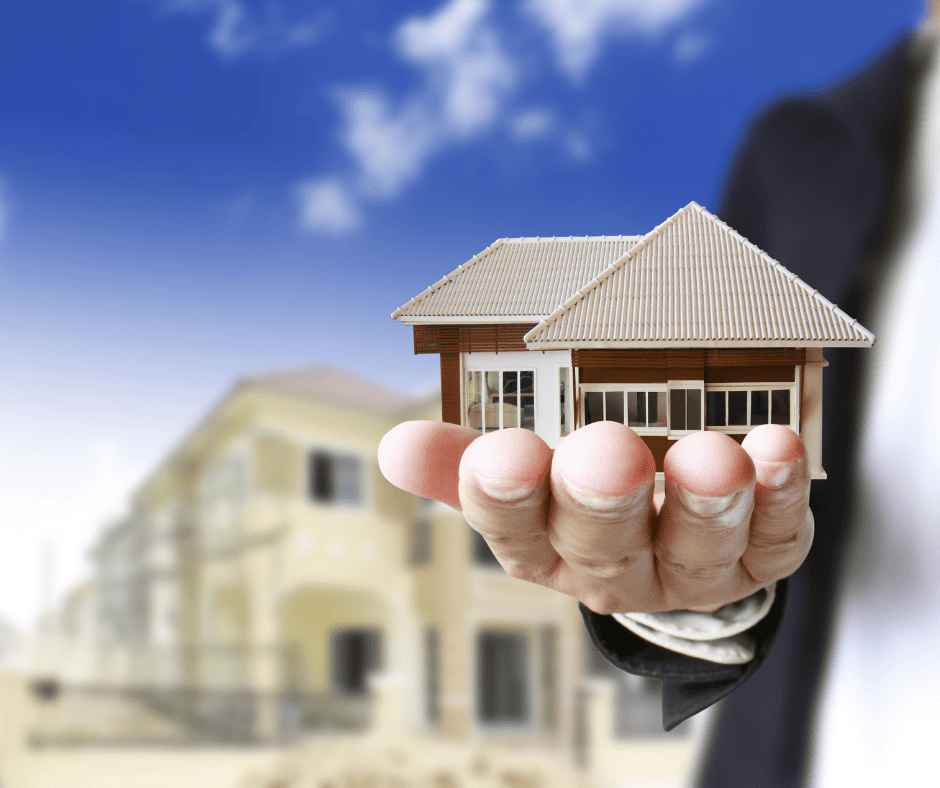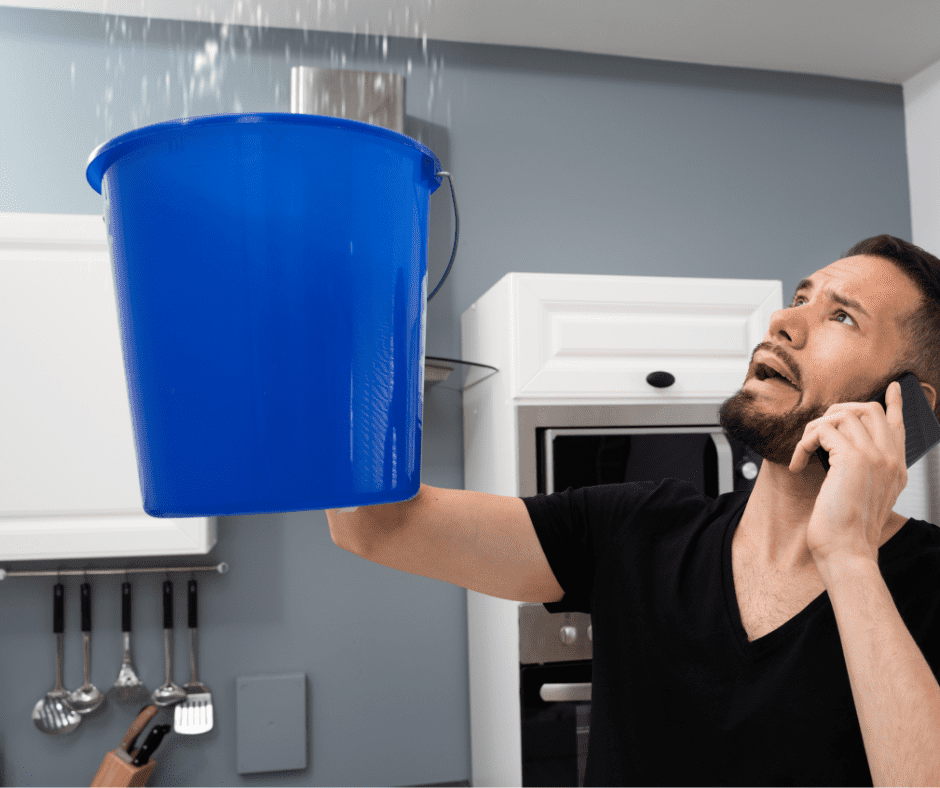Can You Clean Mold Yourself
The decision of whether or not to tackle mold removal on your own depends greatly on your specific circumstances. Firstly, let’s consider your well-being.
It’s important to be aware that mold can pose health risks, particularly if you’re dealing with a hazardous type such as Aspergillus or Stachybotrys (commonly known as “black mold“). These varieties of mold can be harmful to individuals with weakened immune systems or respiratory conditions.
If you, as an average individual without any training or extensive knowledge about mold, attempt to address the issue without proper equipment, it could lead to problems.
Now, let’s explore whether you can actually eliminate the mold yourself, without professional equipment.
In many cases, you can. If the affected area is small, you should be able to clean the mold without encountering significant difficulties.
However, if the mold infestation covers a larger area, it is advisable to seek the assistance of a professional.
Continue reading to learn more.

Do You Need a Professional to Remove Mold
The severity of the mold problem directly correlates to the likelihood of needing professional mold removal services.
Not only is it unsafe to attempt mold removal on your own when the problem is overwhelming, but you are also likely to be unsuccessful since the root cause of major mold issues is typically deep within the walls, e.g. a busted pipe.
Mold is usually caused by water damage and therefore if you don’t successfully mitigate water damage and its cause, any mold cleanup you do won’t address the problem successfully.
Simply wiping or brushing the affected surface won’t do anything.
How Do Companies Remove Mold
Professionals commence the mold removal process by containing the affected area, preventing further contamination in unaffected regions.
Once this is accomplished, they proceed to remove the mold, often requiring the removal of the affected surface, which unfortunately may not be salvageable in most cases.
After successfully eliminating the mold, mold removal technicians undertake a thorough cleaning to ensure no remnants are left behind.
Additionally, they may enhance the treated surface’s resistance to future mold problems by utilizing a sealer or similar products.
How Much Does Professional Mold Removal Cost
In California, mold remediation usually costs $1,500-3,500. With the more severe cases, the cost can go into five figures.
Mold removal companies quote each client individually. It’s impossible to have a one-size-fits-all price tag because each client has a different kind of mold problem.
Conclusion
If you need any help with mold removal, please don’t hesitate to contact us. Vetted Los Angeles Restorations offers 24/7 emergency service to all of Los Angeles County.
More helpful articles:
The post Can You Clean Mold Yourself appeared first on Water Damage Restoration Los Angeles CA.
from Water Damage Restoration Los Angeles CA https://ift.tt/YjORyiX






